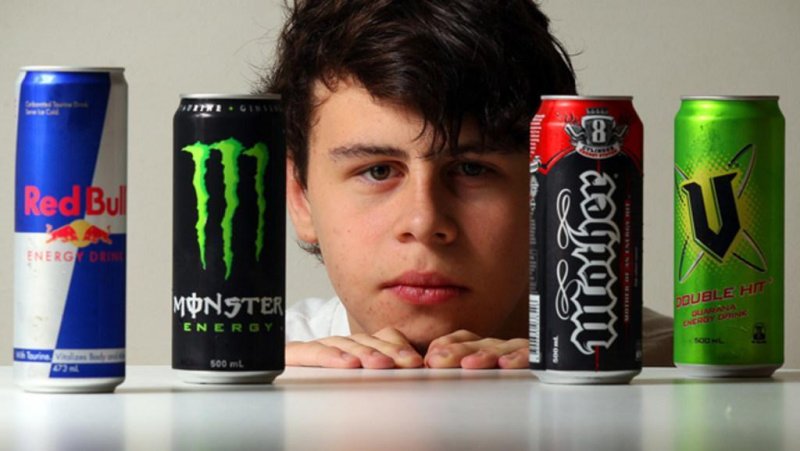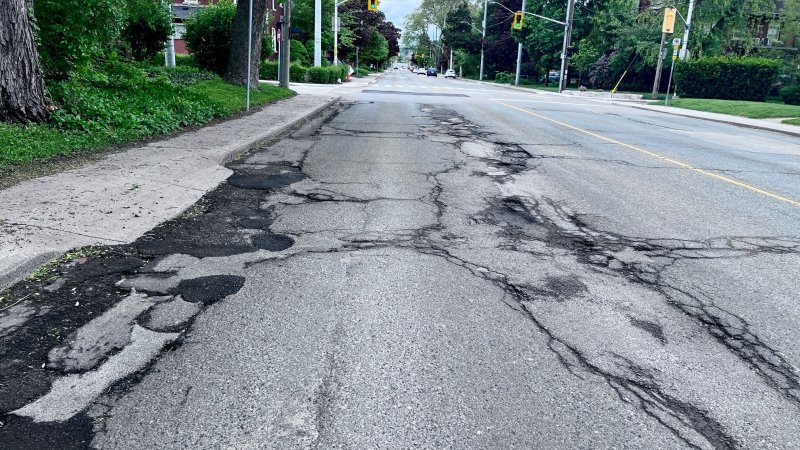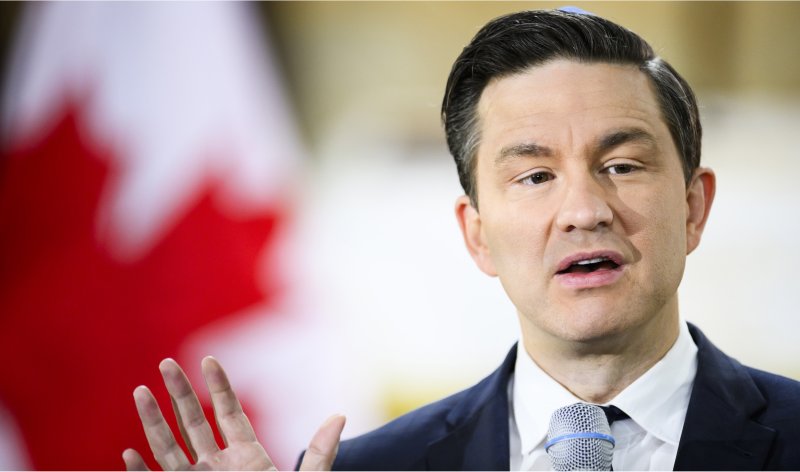In recent years, the energy drink market has experienced a phenomenal surge, fueled by clever marketing strategies and the pervasive influence of social media. Teenagers are constantly bombarded with messages promising enhanced energy, boosted metabolism, and improved performance, often associating specific brands with a lifestyle of vitality and success. This intense promotion has led to a significant increase in sales, with the Canadian market jumping from $851 million to a staggering $1.1 billion between 2018 and 2022, according to Euromonitor.
Despite their widespread popularity, experts are raising concerns about the potential health risks associated with energy drink consumption, particularly for adolescents. It's crucial for parents, teachers, and teenagers themselves to engage in open and honest conversations about these risks to make informed decisions. This article aims to provide a comprehensive overview of the energy drink landscape, focusing on caffeine content and potential health implications, to empower readers with the knowledge they need.
The Caffeine Conundrum: How Much is Too Much?
One of the primary concerns surrounding energy drinks is their high caffeine content. While caffeine is a stimulant that can provide a temporary boost in energy and alertness, excessive consumption can lead to a range of adverse effects, especially in young people whose bodies and brains are still developing.
To put things into perspective, let's examine the caffeine content of some popular energy drinks:
- Red Bull: A small 250-millilitre can of Red Bull contains approximately 80 milligrams of caffeine, roughly equivalent to a small cup of coffee. A larger 355-millilitre can contains 114 milligrams.
- Prime Energy Drinks: These drinks pack a significantly higher caffeine punch, with a whopping 200 milligrams of caffeine per can. Due to this high concentration, the American Academy of Child and Adolescent Psychiatry deems them unsuitable for children and teenagers.
- Beaver Buzz: This Canadian brand contains 180mg of caffeine in a standard 473ml can.
It is important to note that these are just a few examples, and the caffeine content of energy drinks can vary widely. However, these figures highlight the potential for overconsumption, especially when considering that many teenagers consume multiple energy drinks in a single day or combine them with other caffeinated beverages.
Health Risks Associated with Energy Drink Consumption
The high caffeine content and other ingredients found in energy drinks can pose several health risks, particularly for adolescents.
These risks include:
Cardiovascular Problems
Energy drinks can cause a rapid increase in heart rate and blood pressure. This surge can be particularly dangerous for individuals with pre-existing heart conditions or those who are sensitive to stimulants. In rare cases, excessive energy drink consumption has been linked to serious cardiovascular events, such as arrhythmias and even sudden cardiac arrest.
Sleep Disturbances
Caffeine is a well-known stimulant that can interfere with sleep patterns. Consuming energy drinks, especially later in the day, can make it difficult to fall asleep, leading to insomnia and other sleep disorders. Chronic sleep deprivation can have a negative impact on cognitive function, academic performance, and overall health.
Anxiety and Nervousness
The stimulating effects of caffeine can trigger or exacerbate anxiety symptoms, leading to feelings of nervousness, jitteriness, and irritability. In some individuals, high doses of caffeine can even induce panic attacks.
Digestive Issues
Energy drinks can irritate the digestive system, leading to stomach upset, nausea, and diarrhea. The high sugar content of many energy drinks can also contribute to gastrointestinal problems.
Dehydration
Despite being liquids, energy drinks can actually contribute to dehydration. Caffeine has a diuretic effect, meaning it increases urine production, which can lead to fluid loss.
Dental Problems
The high acidity and sugar content of energy drinks can erode tooth enamel, increasing the risk of cavities and other dental problems.
Understanding the Marketing Tactics
Energy drink companies often employ sophisticated marketing tactics to target teenagers.
These tactics include:
Sponsorships and Endorsements
Energy drink brands frequently sponsor sporting events, music festivals, and other activities that appeal to teenagers. They also partner with social media influencers who promote their products to their followers.
Attractive Packaging and Flavors
Energy drinks come in a wide variety of appealing flavors and are packaged in eye-catching cans and bottles. This makes them attractive to young people who are drawn to novelty and excitement.
Misleading Health Claims
Some energy drink companies make misleading claims about the health benefits of their products. They may claim that their drinks enhance athletic performance, improve cognitive function, or boost metabolism. These claims are often not supported by scientific evidence.
The Role of Parents and Educators
Parents and educators play a vital role in helping teenagers make informed decisions about energy drink consumption. Here are some steps they can take:
Open Communication
Have open and honest conversations with teenagers about the risks associated with energy drinks. Encourage them to ask questions and express their concerns.
Education
Educate teenagers about the caffeine content of energy drinks and the potential health consequences of excessive consumption.
Modeling Healthy Behaviors
Set a good example by limiting your own consumption of caffeinated beverages and promoting healthy lifestyle choices, such as regular exercise, a balanced diet, and adequate sleep.
Limiting Access
Limit teenagers' access to energy drinks by not buying them or allowing them to be consumed in the home.
Advocacy
Advocate for stricter regulations on the marketing and sale of energy drinks to children and teenagers.
Proposed Legislation and the Path Forward
Recognizing the potential harms, there is proposed legislation before the House of Commons that aims to restrict the advertising of certain foods and drinks, including energy drinks, to children under 13. While this is a positive step, it's crucial to remember that teenagers are still susceptible to marketing influences and that education remains paramount.
By fostering open communication, providing accurate information, and advocating for responsible regulations, we can empower teenagers to make informed decisions about energy drink consumption and protect their health and well-being. The energy drink market may continue to thrive, but with increased awareness and proactive measures, we can ensure that young people are not unknowingly jeopardizing their health in pursuit of a fleeting energy boost.
Word Count: 1,099

Tracie Higgins
Tracie Higgins, a professional content writer, produces captivating content. In her leisure time, away from work and travel, she loves to spend time with her grandson.






Leave a comment?
To write a comment, you must login or register first.